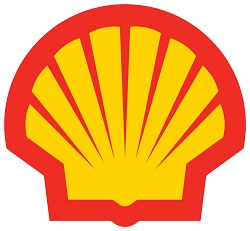Speaker
Description
Multiphase fluid flow has been intensively studied within relatively homogeneous pore structures such as bead packs and sandstones. It has been shown that pore network characteristics such as the network topology, the pore size distribution and surface morphology can strongly affect the displacement and trapping of fluids by varying local capillary pressure and thereby changing the preferable path of fluids. In more complex media such as carbonates, fluid displacement and trapping in highly tortuous pore networks comprised of multiscale porosity are less-well understood. To find out how these factors impact the process, we conducted in-situ two phase core-flooding experiments in an oolitic Indiana Limestone with multiscale pore size and two different pore surface morphologies at the microtomography beam lime 2-BM at the Advanced Photon Source. The 3 mm diameter, 10 mm long core was saturated with oil, then flooded with brine to an irreducible oil saturation, followed by oil re-injection and steady-state (oil and water simultaneously) injection, using potassium iodide brine and dodecane as aqueous and oil phase, respectively. The entire injection process was imaged in 4D using 1-second 3D data acquisition in 20 second intervals. The excellent microtomographic data with a spatial resolution of 2.2 micron per pixel allowed visualisation of fluid flow in the sample and quantitative analysis of pore-scale fluid displacement processes. Here we show 4-dimensional data of 1) fluid trapping and displacement in a complex pore structure during drainage and imbibition. 2) The effect of two different surface morphologies, smooth, drusy calcite surfaces and rougher oolite surfaces, on the contact angle and fluid saturation. We found that in this specific pore structure, steady state injection of two fluids does not lead to a monotonic saturation change that occurs in non-steady-state injection or reaching a steady saturation level, but a sinusoid saturation - desaturation - resaturation behaviour in the recorded time-lapse. At this stage of our ongoing interpretation we believe that this is caused by a dynamic competition of two immiscible fluids that both have the access to the same complex pore space. The pore surface morphology may influence this competition by partially altering local contact angles within pores, therefore causing a complex local capillary pressure. This study provides insights on fluid behaviour in complex pore structures and varied pore surface topology during steady-state flow, which are beneficial for improving fluid simulation predictions.
| Acceptance of Terms and Conditions | Click here to agree |
|---|






